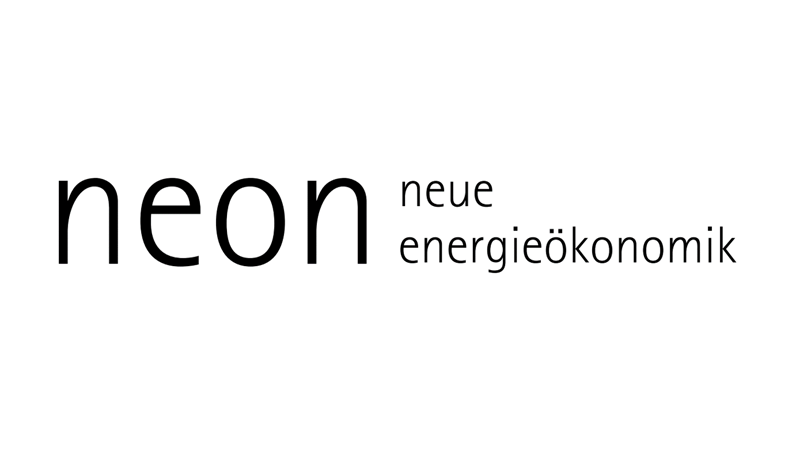-
Three components are typically discussed under the term “integration costs” of wind and solar energy: grid costs, balancing costs and the cost effects on conventional power plants (so-called “utilization effect”).
The calculation of these costs varies tremendously depending on the specific power system and methodologies applied. Moreover, opinions diverge concerning how to attribute certain costs and benefits, not only to wind and solar energy but to the system as a whole.
-
Integration costs for grids and balancing are well defined and rather low.
Certain costs for building electricity grids and balancing can be clearly classified without much discussion as costs that arise from the addition of new renewable energy. In the literature, these costs are often estimated at +5 to +13 EUR/MWh, even with high shares of renewables.
-
Experts disagree on whether the “utilization effect” can (and should) be considered as integration costs, as it is difficult to quantify and new plants always modify the utilization rate of existing plants.
When new solar and wind plants are added to a power system, they reduce the utilization of the existing power plants, and thus their revenues. Thus, in most cases, the cost for “backup” power increases. Calculations of these effects range between -6 and +13 EUR/MWh in the case of Germany at a penetration of 50 percent wind and PV, depending especially on the CO? cost.
-
Comparing the total system costs of different scenarios would be a more appropriate approach.
A total system cost approach can assess the cost of different wind and solar scenarios while avoiding the controversial attribution of system effects to specific technologies.
-
Related






![[Translate to English:] [Translate to English:]](/fileadmin/_processed_/f/a/csm_A-EW_JP-integration-cost_2020_news_959c34d848.jpg)


